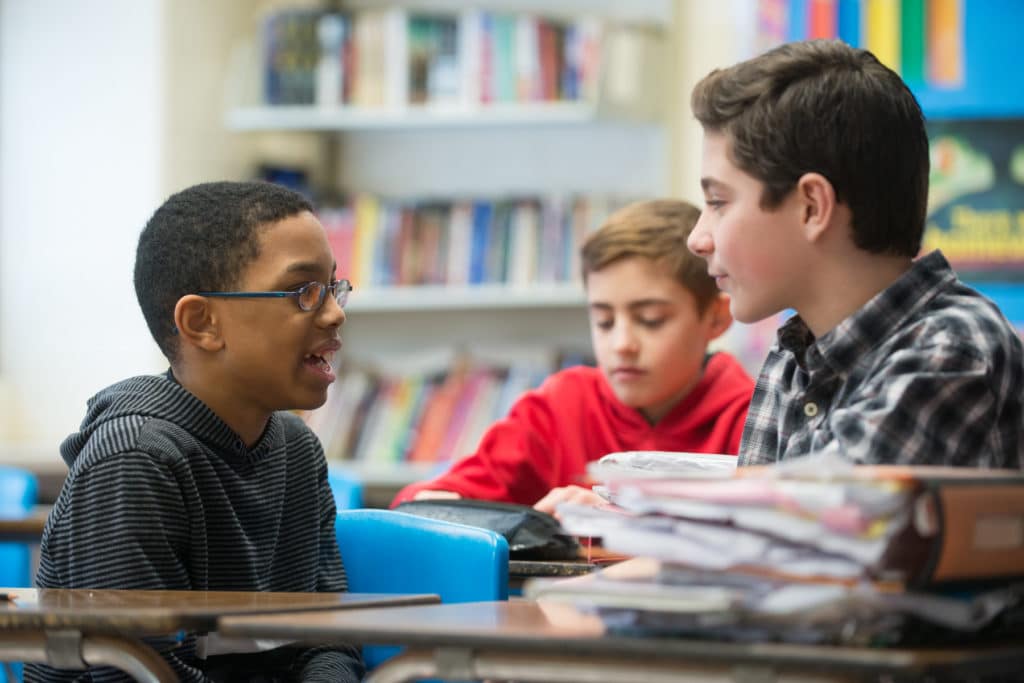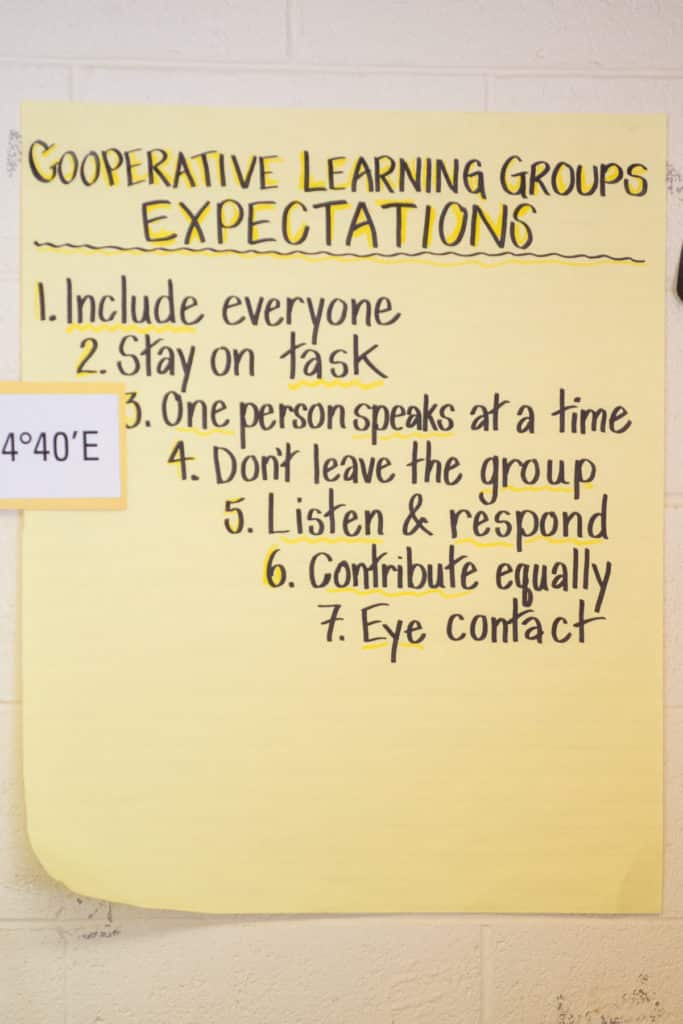
By the time the school year reaches November, students feel a familiarity with the rhythm of the school day that leads to more intensified learning. This increase in academic challenges can be stressful for students and teachers alike. That stress, coupled with shorter days and anticipation of the Thanksgiving break, can cause teachers to rely on either lecturing or independent work during lessons. But those strategies can be just as exhausting for teachers as they are for students. This is when implementing multiple forms of student grouping and learning structures can create an active classroom where students find success engaging with curriculum content.
Creating an active classroom means giving students the opportunity to engage in the learning process. Rather than have students sit passively while their teacher lectures, teaching becomes a collaborative process between teacher and students. Students learn to work together, clarify their thinking, discuss content, and practice applying new knowledge.

One of the guiding principles of Responsive Classroom is that great cognitive growth occurs through social interaction. As students practice working collaboratively in pairs or as a team, skills such as discussion, problem-solving, decision-making, and critical thinking become elevated. The benefits of establishing an interactive learning environment through student groupings are:
Forming student groups that enable students to be responsible and cooperative with each other may take some time and intentional planning. Start with a simple structure, such as partner chats, to give students opportunities to practice communication skills while digging deeper into academic content. Partner chat structures such as Think, Pair, Share; Get One, Give One; Clock Partners; and Four Corners give students the chance to share their ideas with multiple partners while moving around the classroom.
Once students are comfortable with partner share structures, it’s time to introduce small group structures such as Numbered Heads Together, role-play, Consensus Mapping, and Say Something. Small group structures are most effective when there’s a clear objective driving the grouping. Consider grouping by mixed ability, similar ability, similar interest, mixed interest, or random assignment based on what you want the student outcome to be.
As you consider the roles and responsibilities of both teacher and students, make sure that your interactive lesson has the following qualities:
As the school year progresses, being consistent in building a strong academic community creates opportunities for students to envision themselves as capable and responsible learners who foster a culture of positivity and success.
Michelle Benson is a Responsive Classroom Professional Development Designer